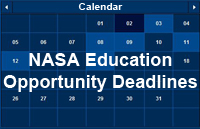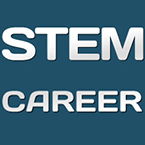Manufacturing grew in December at the second-fastest pace in more than two years, fueled by a gain in orders that will help propel the U.S. expansion. Link>>
Manufacturing Growth to Help Propel U.S. Expansion: Economy
Posted in: Economy, Manufacturing, STEM
Opinion: STEM-Deficient Education Holds Back Nation’s Economy
America’s K-12 and post-secondary education systems are failing in their mission to prepare our nation’s children and young adults in science, technology, engineering and math — the STEM fields. And it is a national disaster in the making. Link >>
Discussion: STEM Learning No Longer Optional
There are three major forces that will create enormous global transformation over the next 10 years. The first is population growth. There are 7 billion people today, and it is estimated that, by 2020, there will be about 8 billion people on the Earth. More than 95 percent of these additional people will live in cities, and there will be more than 60 cities with at least 5 million inhabitants. The sheer numbers of people are creating unprecedented challenges of energy consumption, waste management, water supply, infrastructure and traffic management.
Know what it takes to grow U.S. innovation? Prove it.
The question of how to grow U.S. innovation and, in so doing, sharpen the nation’s competitive edge is one for which there are myriad answers. Is the solution improving the patent laws, changing the immigration laws, upending the educational system — or, perhaps, all of the above?
Posted in: Economy, Education, Immigration, STEM
Study: College Grads Weathering Economic Storm
New research from Georgetown University’s Center on Education and the Workforce reiterates a truism that may resonate with college graduates in a tough economy. On average, college grads continue to earn nearly twice as much as high school graduates, according to the report, “The College Advantage: Weathering the Economic Storm.”
Has America Really Underinvested in Science Education?
On Global Public Square last month, Fareed Zakaria made the case that the U.S. economy is struggling in part due to poor investment in science. He based this conclusion on two claims: First, that federal research and development (R&D) investment has declined over the past several years and, second, that American students have fallen behind in science education.







